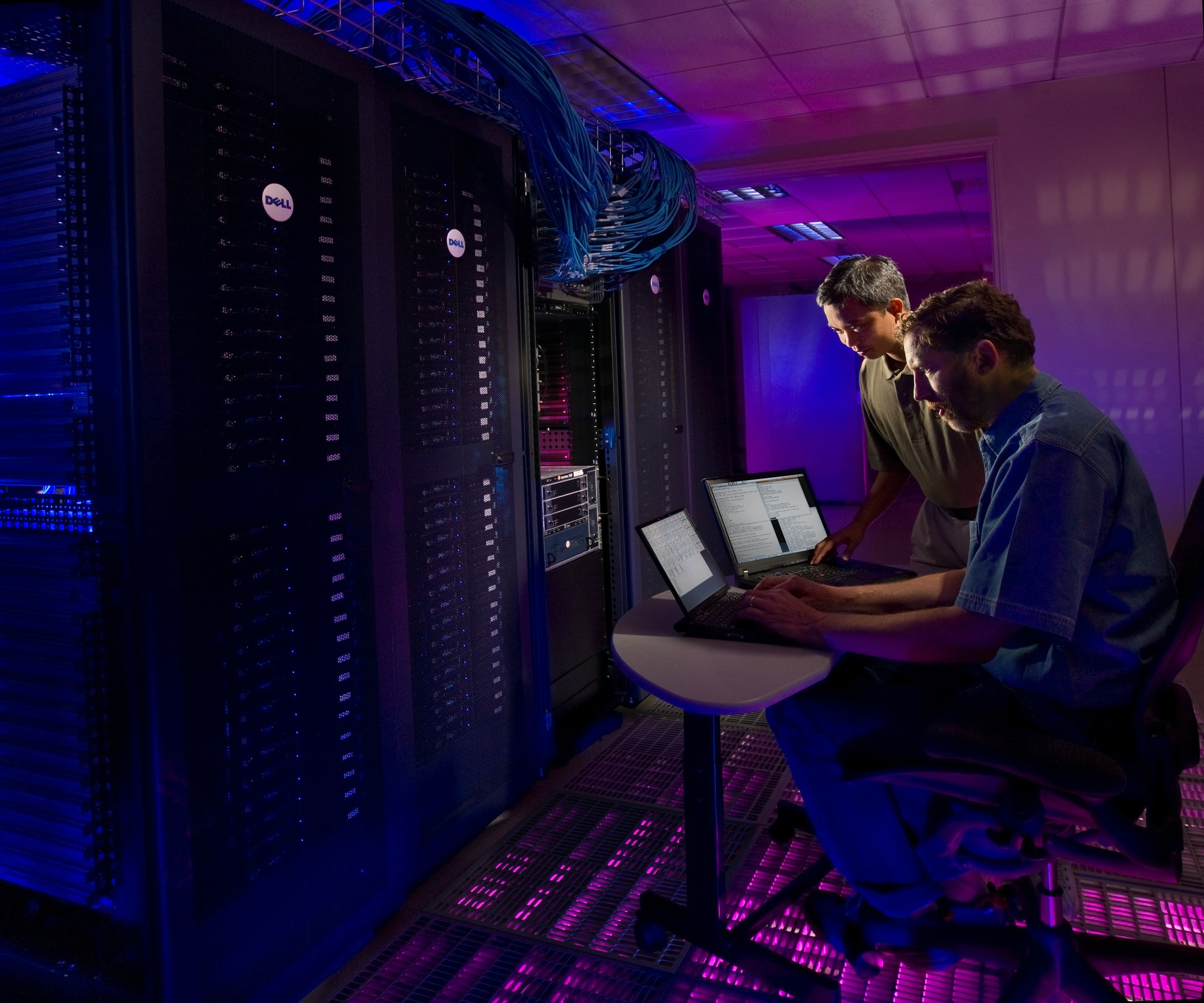Serverless Computing vs Cloud Computing
See the definitions of serverless computing and cloud computing and explore the peculiarities and pros and cons of each one.
Join the DZone community and get the full member experience.
Join For FreeThe abundance of terms makes you feel confused and wonder how to differentiate one concept from another. The statistics show that people aren’t aware of these terms. Only one of the four customers may thoroughly explain the difference between cloud computing vs serverless.
This article will define the terms and briefly explain the peculiarities of each one.

Cloud Computing and Its Main Features
Let’s start with defining the term cloud computing. Generally speaking, this phrase is used when we talk about the data centers available to many users all over the Internet. Basically, it saves the space of your computer’s hard drive as it stores the data over the net.
The funny thing is that this term can be explained in various ways by different people. Some describe it as a bought-in computer service, while others view it as IT outsourcing. Still, we all use it on a regular basis even though the majority of us don’t think about it.
For instance, when you prepare a document over the net, or write web-based emails, or type a query into Google. All these cases are examples of cloud computing and show that it is inevitable nowadays. Moreover, it has plenty of advantages as it helps to lower IT costs, scale more easily, and improve agility.
There are three main types of cloud computing:
- IaaS
- PaaS
- SaaS
Well, as you can see, this term isn’t as complicated as it seems. But what is serverless, and how does it work?
Serverless Computing. The Explanation of the Term

Serverless computing is a type of cloud computing. It lets developers create applications faster as they don’t need to manage infrastructure. Such architecture has lots of benefits as it:
- helps increase the productivity;
- helps bring products to the market faster;
- helps optimize resources;
- lets you stay focused on important things rather than manage or interact with a server
Moreover, it saves lots of cash as you pay only for the consumed resources.
All in all, serverless architecture lets you make the process of app creation easier. Basically, all that you should do is develop some single functions. At the same time, the layer and the part that manages the functions are presented from the provider’s side.
Cloud vs Serverless Computing. The Main Pros and Cons
Well, now we can define both terms and explain their main differences. With cloud computing, clients run an application in a modern data center but with more automation. In this case, customers need to manage all the things.
On the other hand, the serverless architecture makes consumers concerned only about the code. Clients don’t need to manage the OS or middleware.

Let’s take a look at the main advantages and disadvantages of both approaches:
Serverless Pros and Cons
As stated above, this type of architecture is quite popular nowadays as it has plenty of pluses:
- automatic scaling
- no infrastructure to maintain
- reduced software complexity
- lower costs
- simplified back-end code
- quick deployment
Still, there are some drawbacks that should be taken into consideration:
- security issues
- more complicated debugging
- privacy issues
It should also be noted that sometimes migration to such an architecture can be really expensive and time-consuming. Thus, it is essential to understand whether such a reorganization is suitable in your case. The best idea is to hire professional consultants that will help you evaluate the case and provide you with suitable solutions.

Cloud Pros and Cons
This solution is becoming more and more popular, and experts believe that this trend will only continue to grow. It is quite obvious as it is beneficial for both mid-sized and large companies.
It has lots of pros:
- it provides almost unlimited storage
- makes it easy to backup and recover the information
- allows to customize options easily
- has affordable and reasonable prices
- lets you control the data
But even with all these pluses, there are some disadvantages that may disappoint users:
- they can face some technical issues;
- vulnerability to external hack attacks;
- security issues;
- some workloads have special requirements and aren’t ready for the cloud
As you can see, serverless architecture and cloud computing have both pros and cons. The main difference is the first option is cheaper and lets you focus more on the services rather than on the infrastructure.
Summary
To conclude, cloud computing is gaining popularity today. It contributes to the improvement of various types of businesses. Even though there are some issues people may face using it, the advantages outweigh the drawbacks. Thus, more and more companies are interested in how to implement such solutions and save their money.
Serverless architecture is also on-demand nowadays. It lets companies focus on their services and products. They don’t worry about the infrastructure and save money as they pay only for the things they use.
However, if you are a newbie in this sphere, the best idea is to ask for professional assistance. Experts will evaluate your case and explain which solution suits you better. Just make sure that you pick a reliable agent with years of experience in the field.
Opinions expressed by DZone contributors are their own.

Comments